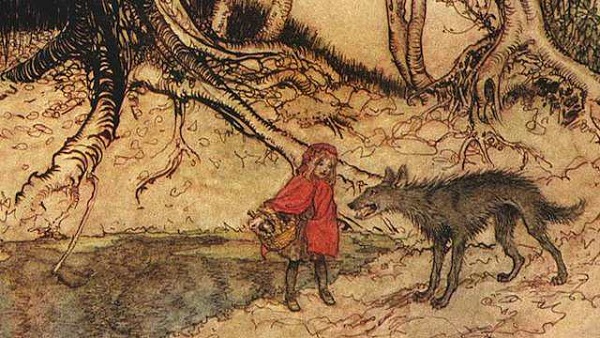SUMMARY
This is AI generated summarization, which may have errors. For context, always refer to the full article.

Anthropologists are on the trail of “Little Red Riding Hood” in hopes that the popular tale, along with other folk tales, could shed light on ancient human migration patterns. Researchers created an “evolutionary tree” that shows where and when variations of the folk tale emerged across the world. Anthropologist Jamie Tehrani of Durham University used phylogenetic analysis on 58 variants of the stories, focusing on 72 variables such as the gender of the main character, whether the villain was a wolf or tiger or something else, what tricks were used, and whether the story ends happily or not. Scores were given to variables based on whether they have shared origins. For instance, researchers have found that the Chinese version of “Little Red Riding Hood” actually came from European oral tradition, and not vice versa.
Read the full story on Rappler.
Add a comment
How does this make you feel?
There are no comments yet. Add your comment to start the conversation.